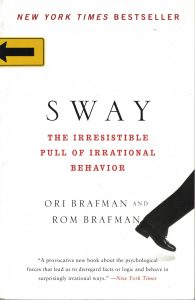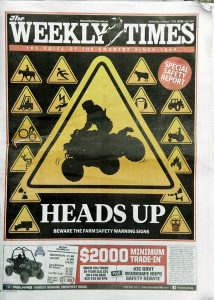Infographics have become a popular format for distributing information about occupational health and safety (OHS) and other topics but they are often seen as a shortcut in consultation. They can be visually engaging but are often too shallow as the writers and designers try to depict safety data in the simplest manner. Terminology also needs to be consistent so that readability is most effective.
Recently Safe Work Australia produced

 In 2016,
In 2016, 
 In 2008 the brothers Brafman wrote “
In 2008 the brothers Brafman wrote “

 Occupational health and safety (OHS) policy makers are keen on making decisions based on evidence. But evidence seems hard to get, for many reasons.
Occupational health and safety (OHS) policy makers are keen on making decisions based on evidence. But evidence seems hard to get, for many reasons.